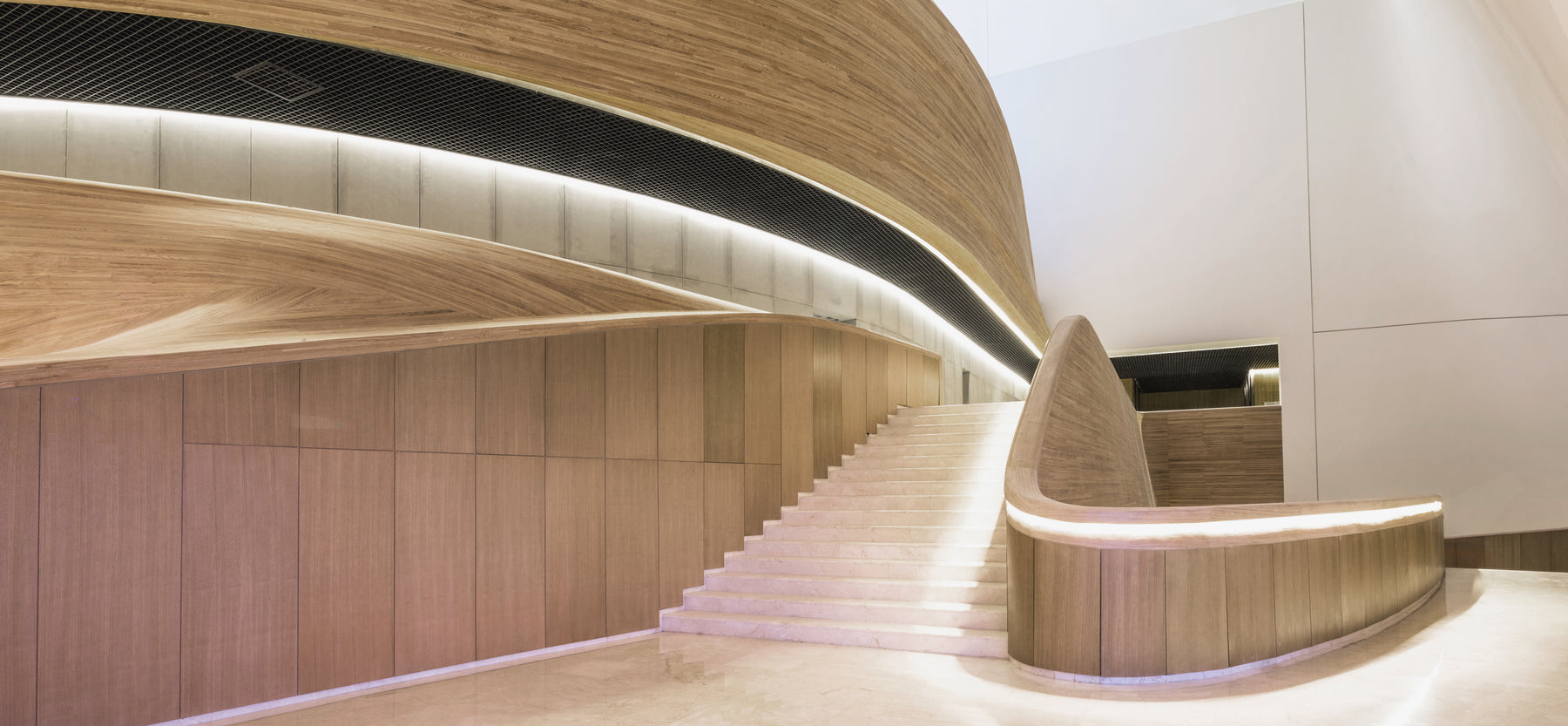
Why do we love wood so much?
At The Wood Veneer Hub our passion is wood… We eat, live and breathe it, and revel in its beauty.
It is the only reason that our existence continues, as trees absorb harmful carbon gasses during photosynthesis – in essence, without trees we would not be able to survive!
Made by nature, every piece of wood can justifiably be described as unique. Even when a single piece of wood is cut into thin veneer sheets, no two pieces are truly identical.
As well as being renewable and sustainable, it is incredibly strong and versatile.
It feels great to the touch and smells good too, yet the most beautiful thing about it is it’s visual appearance.
It can be used in conjunction with many, many materials including stone, glass and metal, but ultimately, nothing makes wood more beautiful than simply using wood in its own splendour!
Each veneer that we source at The Wood Veneer Hub has different characteristics and appeal. Whilst at first glance to the ‘un-trained’ eye it may be hard to distinguish between some finishes, each and every one of our beautiful veneers offers it own special characteristics.
In essence, that’s the understated beauty of wood…
Colour
The colour of a wood is created by the infiltrates, also referred to as the extractives, that the tree draws from the soil where it grows.
This is the very reason why there is so much variation in colour across even the same species of wood. Once cut, the colour of the wood can also change when exposed to light and air.
Grain
Whilst many of us refer to the ‘grain of wood’ as the naturally occurring pattern we see, technically that’s incorrect!
The term ‘grain’ actually means the orientation of the wood cells, and in general there are six types of grain including straight, irregular, interlocked and wavy.
Figure
This is the actual term for the surface pattern of the wood and depicts the key feature of the woods’ finish.
An interlocked grain occurs when successive layers of growth run in different directions, causing effects known as ‘Birds-Eye’ or ribboning.
Knots
Characteristic knots are formed in one of two ways. Tight knots form around a branch growing out of the main tree trunk. As the tree expands, the wood builds up and the knot becomes contain within the trunk.
Loose knots form when a branch becomes injured. Although similar in formation to tight knots, the centre of the knot is actually made up of dead wood!
With so many veneers to choose from, finding the right veneer for your next project isn’t always that easy.
Here at The Wood Veneer Hub, we are always on hand to offer advice and help, so be sure to give us a call the next time you are searching for that perfect wood veneer.




